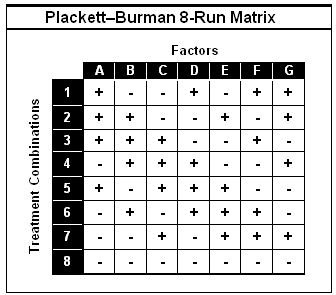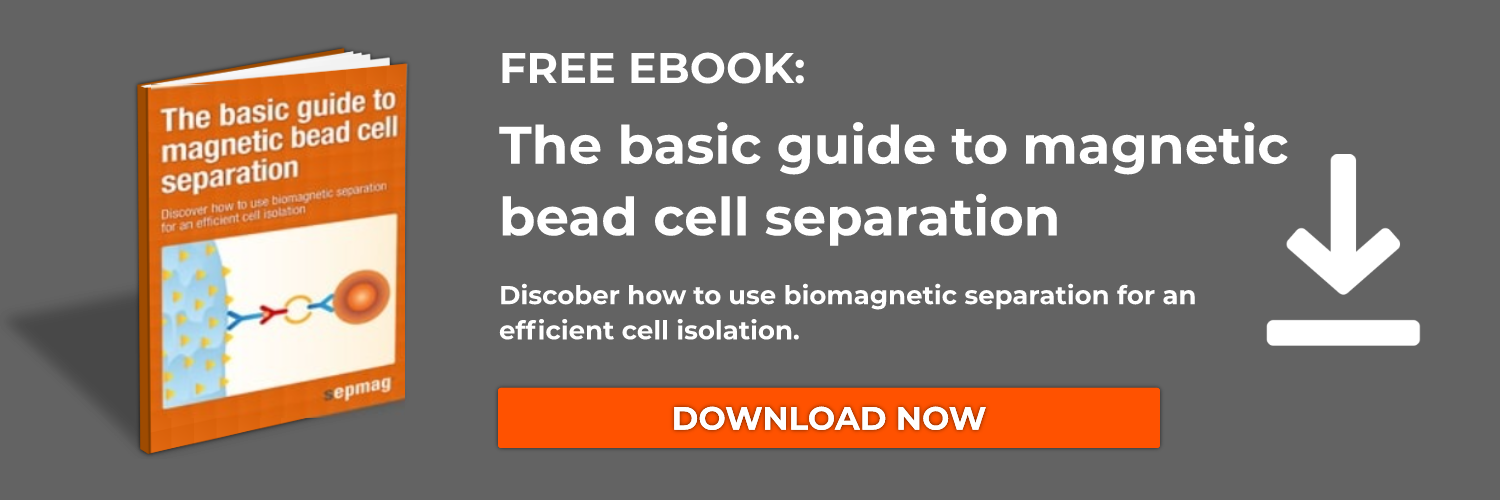Nitrite and nitrate pollutants in soil and water pose significant health risks. The presence of these pollutants in drinking water can have serious consequences, including cancer, methemoglobinemia, and blue baby syndrome in newborns. Removal of these contaminants is essential to the maintenance of environmental and human health. Developing efficient strategies for removal, however, has proved challenging.
In a recent study appearing in “Journal of Separation Science,” researchers detail the application of magnetic separation, employing iron oxide nanoparticles coated with hydroxyapatite, to dramatically increase the efficiency of removal protocols.
Hydroxyapatite-coated magnetic particles
Such properties as availability, cost efficiency, and stability make hydroxyapatite (HAP) suitable for a number of applications. Its potential as an adsorbent has previously been documented, and HAP has been used as a solid matrix in various separation protocols.
For the purposes of the present study, iron oxide particles were coated with HAP and applied to environmental samples of soil and water. The high adsorption capacity of the HAP facilitated binding of the pollutants, while the iron oxide particles afforded a highly efficient strategy for separation upon application of a magnetic field.
Optimizing the biomagnetic separation procedure
The separation procedure was carried out in batch samples. HAP-coated magnetic nanoparticles were added, mixed with the sample at a fixed rate using a mechanical stirrer, and then separated through the use of a permanent magnet. Six variables were identified and subsequently examined in order to maximize the efficiency of the protocol: amount of HAP-coated magnetic nanoparticles, volume of the sample, pH, stirring rate, adsorption time, and temperature.
To determine the most significant variables, researchers applied a Plackett-Burman design.
Three of the variables – amount of HAP-coated particles, pH, and adsorption time – were selected as having the greatest effects on efficiency of adsorption. Optimization of these parameters resulted in reported adsorption efficiencies of 93-101% for the target pollutants. The presence of additional ions, such as those commonly found in water samples, did not have a significant impact on adsorption.
The method was applied to environmental samples derived from a number of sources, including tap water, river water, waster water, and agricultural soil. The application of biomagnetic separation using HAP-coated iron oxide particles successfully removed nitrite and nitrate ions regardless of the origin of the sample. The results reveal an efficient and cost-effective method for removal of contaminating nitrogen species. The biomagnetic separation procedure was shown to be optimized, repeatable, and reproducible.
The full study can be accessed through the “Journal of Separation Science” website.
Related news:
- Using Magnetic Nanoparticles to Localize Heat-Inducible Gene Expression
- Where to see SEPMAG at MEDICA 2014?
- Magnetic Nanoparticles Utilized to Stimulate Bone Growth




